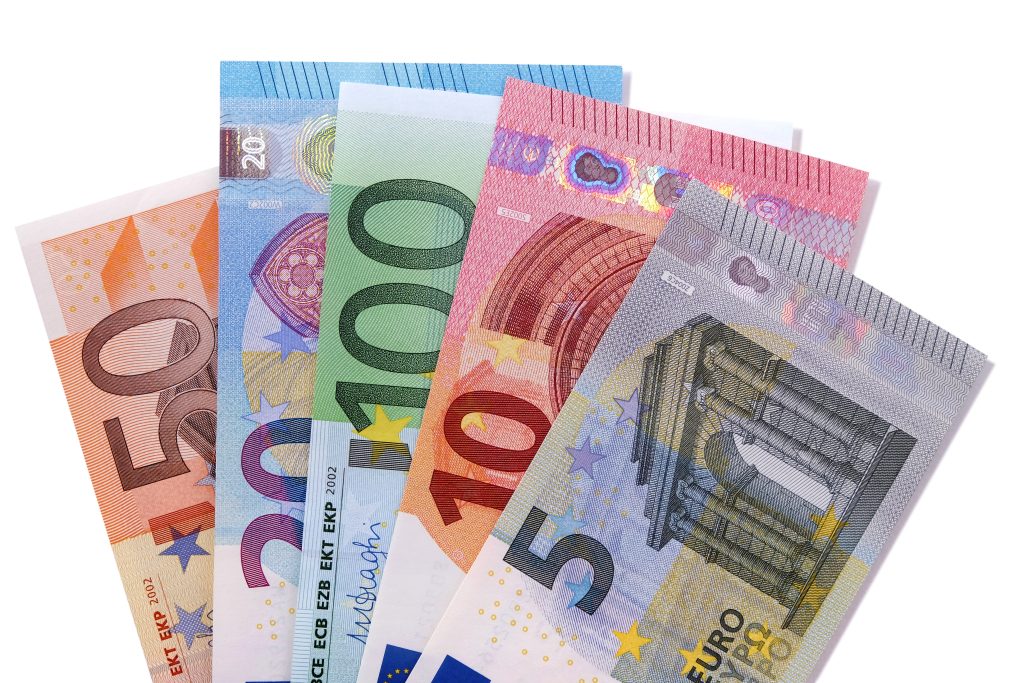In this post, we look at Spain’s economic growth forecast and examine how it will have an impact. Click here to learn more.
A Stable Spain
GDP growth is expected to continue to be sluggish in the first half of 2023 before resuming in the year’s second half. However, high energy price pressures are predicted to diminish partially by mid-2023, allowing for a gradual pick-up in activity on the back of a mild resurgence of private spending and further normalization of tourism. Furthermore, implementing the Recovery and Resilience Plan’s reforms and investments is expected to improve aggregate demand dynamism. Considering all of these factors and the modest carry-over effect from 2022, GDP growth in 2023 is projected to be 1.0%. The expansion is expected to be stronger in 2024, with GDP rising by 2.0%. How will all of this impact the country?
Currency
Currencies might be affected if a GDP number is much less or more than economists and traders predicted. A forecasted GDP estimate may also influence Forex markets, but less. In these circumstances, comparing the present reading to past quarters, years, and new international data will reflect a currency’s strength.

The British pound and the US dollar fell versus the Euro after Spanish inflation unexpectedly increased in January, encouraging investors to strengthen their expectations for the magnitude of interest rate hikes to come from the European Central Bank (ECB). In Spain, inflation jumped 5.8% year on year in January, above the previous month’s 5.7% and exceeding the market’s projection of 4.9%. Following the Spanish inflation figure, money markets immediately added five basis points to the ECB’s projected peak. In the hour following the announcement, the euro rose a third of a percent versus the pound to £0.8792, bringing the Pound to Euro exchange rate down to 1.1370. The euro gained 0.20% against the US dollar, reaching $1.0892.
Government
If GDP grows, the government will point to it as proof that it is excellently managing the economy. Similarly, if GDP falls, opposition politicians would claim that the government is mismanaging the economy. The above GDP forecast would indicate that the current government is at least providing a stable economy if not performing well, given Spain is outperforming many of its Euro neighbors.
The Socialists have been in power in the minority since June 2018, when they won a no-confidence vote against Mariano Rajoy’s conservative Popular Party (PP) administration over a corruption scandal. The local elections in May will reveal whether the Socialists will continue to power, with 8,131 municipalities and the governments of 12 of the country’s 17 regions up for grabs. The Socialists received 6.65 million votes and 22 329 councilors in the 2019 local elections. However, early polls show the Socialists down in the race. Their best hope of staying in power appears to be a coalition of the UP (and its regional allies) and other parties to the left of the Socialists.
Taxes
A tax-to-GDP ratio measures a country’s tax revenue with the size of its economy as measured by GDP. Because it displays prospective taxes compared to the GDP, the ratio provides a valuable look into a country’s tax revenue. It also provides insight into the overall trend of a country’s tax policy and international comparisons of tax collections between countries.
According to the most recent tax comparisons, Spain ranks fifth in Europe in terms of the highest rate of income tax applied. It ranks fourth on the continent with a total tax rate of 54%. Only Denmark (55.9%), France (55.4%), and Austria (55%) are ahead of Spain in this category. With experts predicting GDP to rise, it should mean taxes begin to lower. However, as the GDP rise is relatively low, it’s more likely that taxes will remain where they are.
Public Services
The general rule of thumb is if citizens are paying more taxes, the government should have more money to put back into the country to invest in schools, healthcare, and other areas to improve social living. However, as Spain already began their recovery and resistance plan in 2021, the government might be inclined to invest more money.
The Recovery Plan lays forth a strategy for modernizing the Spanish economy, resuming economic development and job creation, and responding to the difficulties of the coming decade. The Spanish government envisions mobilizing 140 billion euros in public investment through 2026 under the Recovery Plan, with a substantial concentration of investment and reforms in the first phase of the NGEU package, covering the years 2021-2023. Green transformation, digital transformation, social and territorial cohesion, and gender equality are the four pillars of the Recovery Plan.

Bottom Line
If we look at the bigger picture, Spain is heading in the right direction. However, many of the forecast figures for the next year or two are low, so it might be a while before we see significant improvements in the categories above.